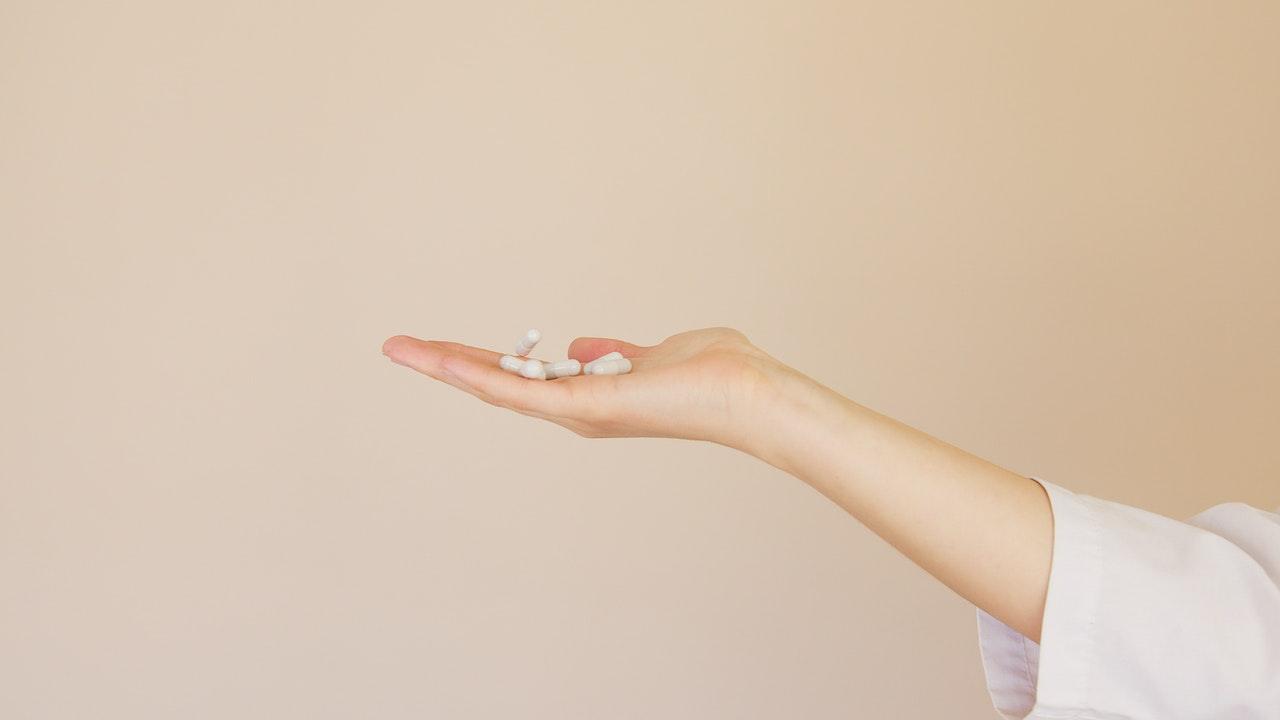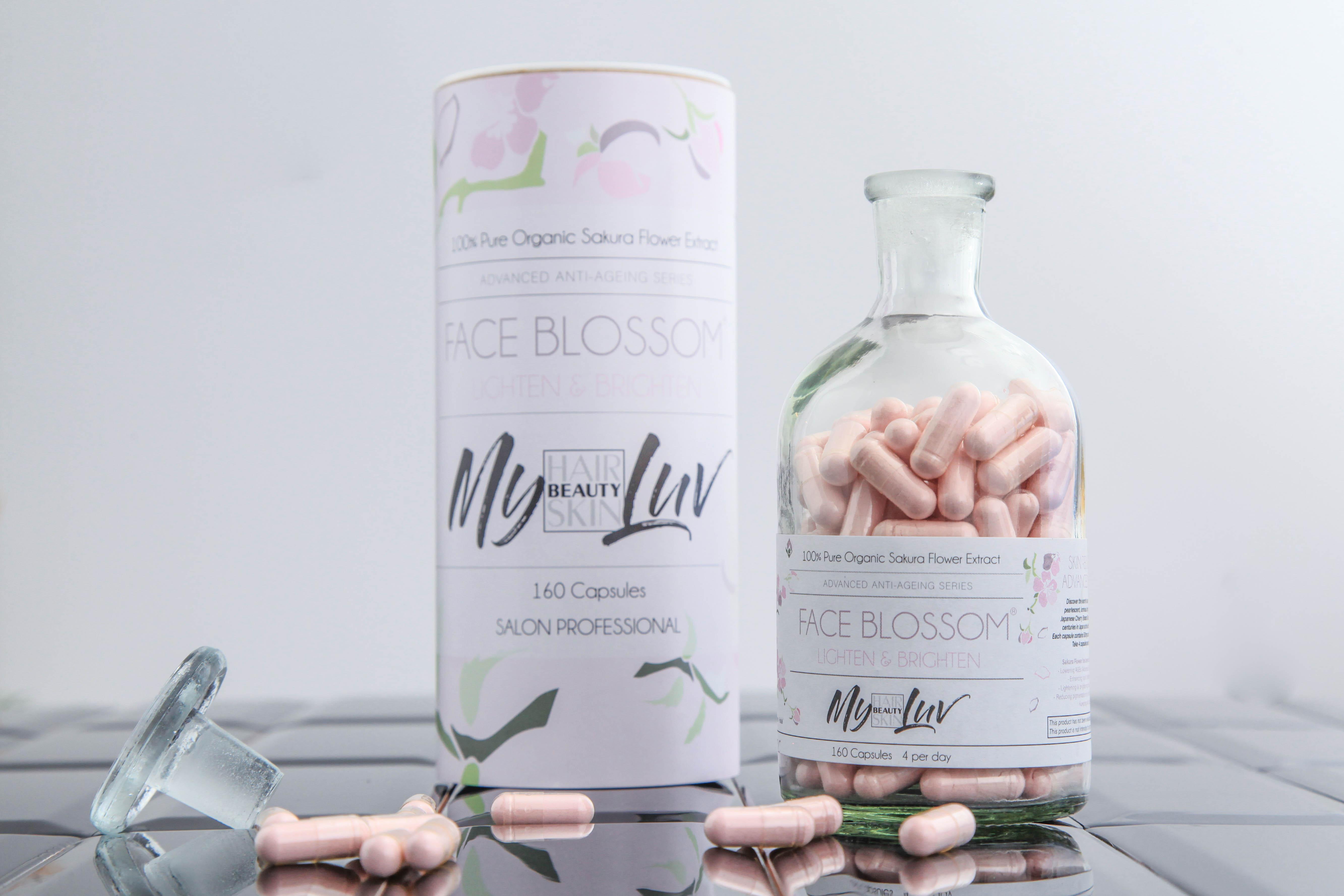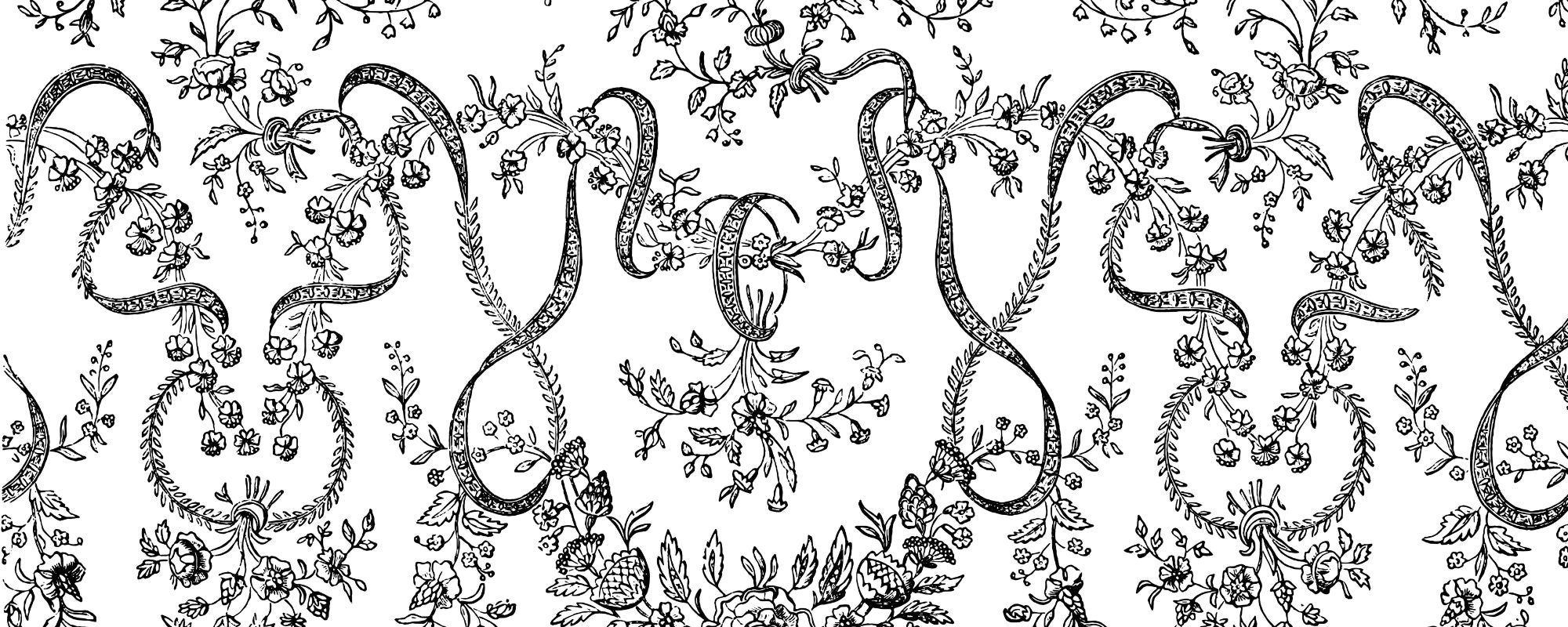Pigmentation affects a large percentage of the world’s population, no matter what shade of skin tone you were born with. Although some forms of pigmentation can be dangerous, the majority of us suffer more with the cosmetic annoyance that pigmentation brings as we try cover up those blotchy discoloured areas on our face, neck and body. There are many factors that cause our melanin-producing cells (melanocytes) to become unhealthy or compromised, but lucky for us, in today’s world there are many treatments available - from professional treatments to home-made remedies to targeted supplementation.

What is hyperpigmentation?
Healthcare professionals use the term ‘hyperpigmentation’ to describe patches of skin that become darker than the surrounding skin area. This could be localised on your face area or on your entire body.
Types of skin pigmentation and their causes
Not all pigmentation is created equal. We look at the more common forms here:
Melasma
You are so excited to be a new mom but suddenly start to notice some blotches on your face and wonder where on earth that came from! Melasma is often referred to as the ‘mask of pregnancy’ as this common hormonal hyperpigmentation takes hold when you fall pregnant. Women, however, are not the only sufferers as it can be found in men too. Melasma is thought to be triggered by a combination of sun exposure, hormonal imbalances, genetics and has even been linked to taking oral contraceptives. Melasma is more common in olive and darker-skinned women and is most commonly found in the facial areas. Melasma is treatable, common and generally not dangerous.
Solar lentigines (Sunspots)
Sun-worshippers beware - sun exposure is the number one cause of pigmentation and when the skin has been over-exposed, sunspots (also known as liver spots) can occur on all areas of your body. These spots are brown, tan or black in colour and will appear all over the body where exposure is most frequent especially the face, neck, chest and arm areas. When we tan the UV rays cause our melanocytes to overreact and produce more melanin as a protective response. The occasional sunbathing is fine, but long exposure over many years can cause dark sunspots on the skin. Excessive sun exposure has been linked to certain skin cancers so regular check-ups for any ‘funny-looking’ dark spots and moles would be a wise course of action if you have any strange-looking spots on your skin.
Post-inflammatory
Any trauma on the skin can cause severe inflammation which could lead to pigmentation in the affected area. An injury, acne, eczema, lupus, insect bites, cuts, burns and even excess scratching or rubbing can cause dark spots to appear in the area after healing. This type of pigmentation is not harmful, but care should be taken to avoid this from happening in the first place.
Freckles
Those cute freckles are gorgeous and don’t let anyone tell you otherwise! Unlike moles and sunspots which are raised, freckles are flat and completely harmless. No one is born with freckles as they are wholly caused by sun exposure, and can develop over time. The only way to prevent them is to stay out of the sun and wear sunscreen. Not something every child can do and therefore freckles will appear early in life.
Medical Conditions
The least common cause of hyperpigmentation, certain medical conditions and drugs have been shown to cause our melanocytes to become unhealthy and denature. Conditions such as Addison’s Disease (a rare adrenal gland disorder), certain antibiotics and medications, along with some chemotherapy drugs have all been linked to hyperpigmentation. Unfortunately it is not easy to avoid, especially as you will be advised by your healthcare professional to take these drugs in the first place. The best solution here is to ensure proper treatment should any pigmentation result from taking prescribed medication.
How to prevent hyperpigmentation
Some forms of pigmentation are preventable and others like melasma and medical conditions are not. With certain forms prevention is better than cure!

No picking!
As annoying as that pimple, insect bite or skin rash is… picking, rubbing and scratching can wreak havoc on your delicate skin causing your cells to go into serious overdrive. Remember our bodies are very wise and will try to protect us first and foremost. Our skin is one large organ and if it comes under attack by your dirty fingernails picking and scratching, it will send in the troops to protect itself. There are many topical applications available to soothe irritated and sensitive skin and regularly applying lotions, gels, creams or salves to the affected area will certainly aid in healing the skin without causing flare-ups, mindless or aggravated picking and unnecessary pigmentation.
Sunscreen, sunscreen, sunscreen!
This is quite the hot topic (pun intended) as we all know that Vitamin D from the sun’s rays is absolutely essential for a strong immune system and overall health. However, the danger of sun exposure is now well-documented and proven and simply cannot be ignored - no matter how deep a tan you want. With sun exposure being the number one cause for pigmentation, it is vital to avoid exposure during peak times and to ALWAYS wear sunscreen. Not just any sunscreen though, as chemical sunscreens do more harm than good, so always opt for a natural, chemical-free, broad spectrum sunscreen containing zinc-oxide. SPF 15 to 30 is optimal and will offer sufficient protection.
Protecting your skin’s barrier
Protecting your skin’s moisture and lipid barrier helps to promote healthy cellular turnover which in turn can assist your skin in fighting off pigmentation. A healthy skin will always be able to cope with external and internal aggressors far better than a skin that’s been neglected and compromised. In a nutshell - don’t skimp on your skincare products. Choose products with active ingredients that feed, nourish and hydrate your skin. Whether you opt for organic or natural, to salon/medical-grade, always ensure the products have the least amount of toxic chemicals.
How to treat skin pigmentation
Lucky for you there are many, many treatments out there for hyperpigmentation. Here are some of the most popular.
Topical treatments
With so many to choose from it will really come down to a) whether you have gone to see a dermatologist and have a script, or b) you are going to try the self-hack way. Popular topical applications will contain skin lightening active ingredients such as:
- azelaic acid
- corticosteroids
- hydroquinone
- kojic acid
- retinoids, such as tretinoin
- vitamin C
Professional salon treatments
If you have time (and money) then opting for in-salon exclusive skin treatments is a sure-fire way to help improve pigmentation. It is always recommended to get expert advice before any treatment so booking for a consultation before undergoing any skin therapy will ensure peace of mind. Effective treatments include:
- laser therapy
- intense pulsed light
- chemical peels
- microdermabrasion
- C02 laser
Natural home remedies
Now for the fun part! If you are like me and love smearing all kinds of food all over your face, then opting for some home treatments will not only aid in your war against pigmentation, but will be a jolly exercise in the process. Always remember to play safe though and try a small skin patch test first - just in case!
Green Tea:
Some research suggests that green tea extract has a depigmenting effect on the skin. Green tea extract powder usually comes in capsule form so open the capsule and mix into a paste using unrefined honey and apply as a mask. This method will be more effective than simply putting cooled tea bags on your skin.
Tomato Paste:
Lycopene - the active phytonutrient found in tomatoes has been well studied and shown to have an incredible effect on skin health. Lycopene protects the skin against short and long term photo (light) damage and consuming tomato paste daily is not only super healthy (lycopene is a powerful antioxidant) but highly beneficial to skin health. You can even smear tomato paste on your face! Mix with a little virgin oilve oil and leave on for 5 minutes.
Apple Cider Vinegar:
Ok so your skin might smell a bit funky afterwards, but the amount of benefits that reside in apple cider vinegar make this one incredible overall skin tonic. Not only does it contain antibacterial, alkalising and rejuvenating properties, but apple cider vinegar also contains acetic acid, a studied compound that helps to even-out skin tone and fight pigmentation. Be sure to only use organic, unfiltered vinegar. Here are two ways to apply it:
- Mix equal parts apple cider vinegar with spring water and spritz over the entire face. Use nightly as a toner before bedtime.
- Dab a cotton earbud into the vinegar and dab on affected areas only. Wash off after 5 minutes.
Aloe Vera:
Yes there are tonnes of aloe creams out there, but the best way is the most simplest way. Get your hands on fresh aloe from a garden. Break one of the leaves and smear the gooey gel that seeps out of the freshly broken (or cut) leaf on your skin. This is such an incredible healing treatment for your skin and will soothe, nourish and help with pigmentation thanks to its unique phytocompound aloin. Aloin has been shown to lighten the skin and fight pigmentation and is a well-known and studied active ingredient in countless skincare products. Be careful not to get any into your mouth though… it is extremely bitter!!
Supplements
Sakura flower extract (Japanese cherry blossom) has been used for centuries in Japan and the East as a food supplement to lighten, whiten and beautify the skin. Certain unique compounds found in the petals of the sakura flower have clinically shown to inhibit tyrosinase (the enzyme responsible for the conversion of tyrosine to the pigment melanin) activity in skin cells which is directly involved in melanogenesis (the production of melanin). This action has a direct influence on helping to reduce pigmentation. Sakura flower extract has also been shown to inhibit melanin formation in B16 melanoma cells which in turn has a skin lightening (whitening effect).

Choose the advanced anti-ageing series range: Face Blossom
My Beauty Luv is the first brand in South Africa to launch Face Blossom® - 100% pure Sakura Flower Extract in capsule form. 100% pure, 100% organic. Halal and Kosher certified. This exclusive supplement is your perfect partner to fight against pigmentation, ageing and skin dullness.





